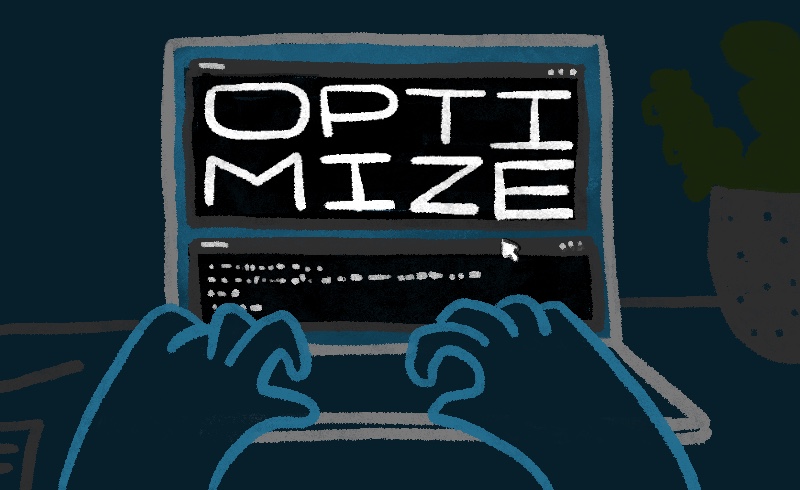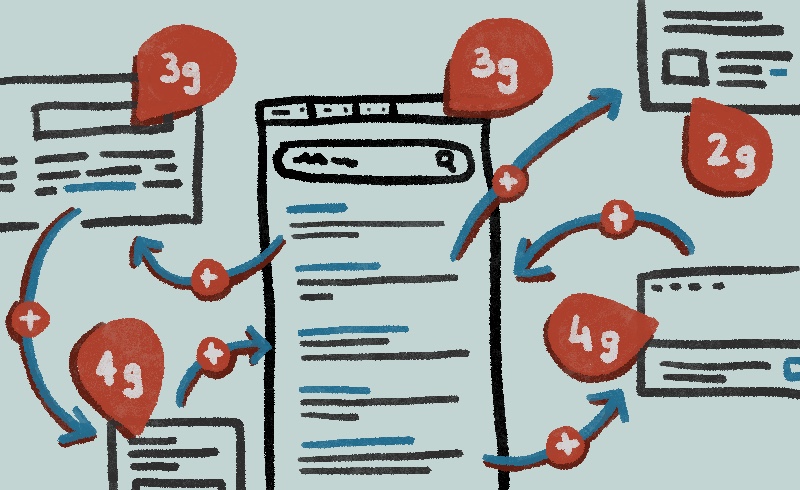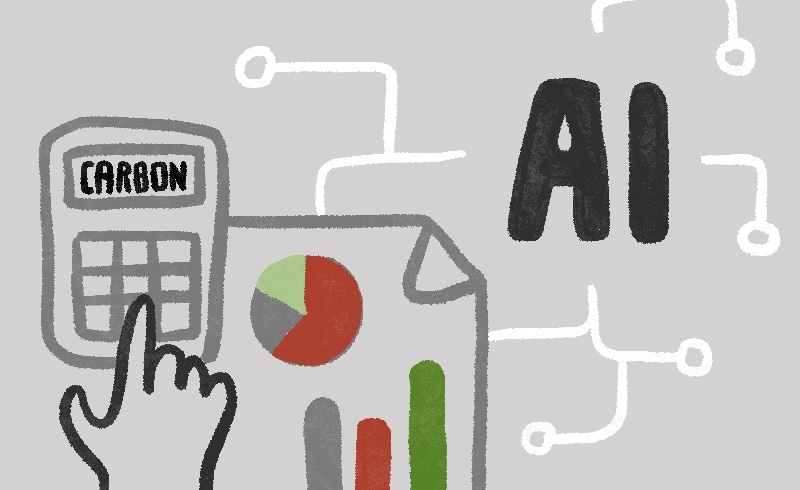


Using ML to monitor coral reef bleaching

Measuring the carbon impact of web browsing

The current state of affairs and a roadmap for effective carbon-accounting tooling in AI

The Carbon Monkey

Introducing EcoQoS

Carbon proxies: Measuring the greenness of your application

How to measure the energy consumption of your apps

Remote working: How organizations can achieve their sustainability goals


 Light
Light Dark
Dark